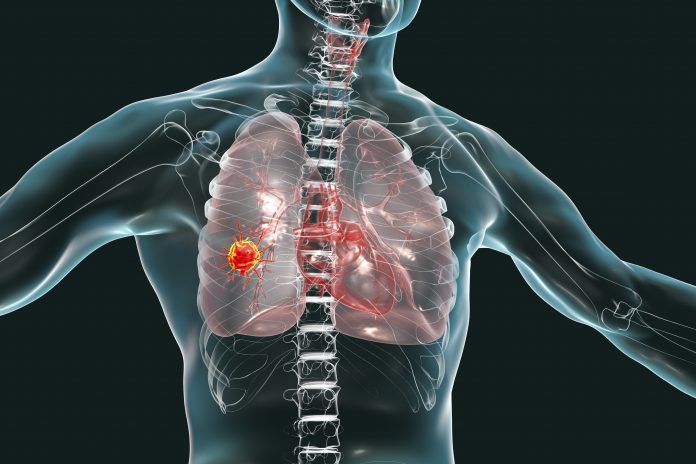
Lung adenocarcinoma is the most common form of lung cancer in the world, and genetic markers are needed to help predict the prognosis of this disease and improve treatment outcomes. Using gene databases and patient data, a team from the Tongji Medical School and the Huazhong University of Science and Technology has built a model to predict lung adenocarcinoma prognosis based on the identification of eight genetically significant circadian clock-related genes in lung cancer.
They write, “This study has successfully constructed a risk model for lung adenocarcinoma prognosis, utilizing circadian rhythm as its foundation.”
The team took this unusual approach because it is known, they point out, that circadian rhythm alterations are associated with a higher risk of cancer. Moreover, circadian rhythms play a regulatory role in the human body. Further, disruption of the circadian rhythm plays a key role in tumorigenesis and facilitates the establishment of cancer hallmarks.
Their study was published in Nature Scientific Reports and the first author is Qihang Sun.
According to the IARC’s Global Cancer Burden data, 19.29 million new cancer cases worldwide were diagnosed in 2020 alone, including lung cancer 2.27 million cases. Lung cancer is the second most frequently diagnosed malignancy and the leading cause of cancer-related mortality.The American Cancer Society estimates that in 2022, the United States will see about 350 new lung cancer-related fatalities each day.
Lung adenocarcinoma (LUAD) is the most prevalent subtype of non-small cell lung cancer (NSCLC) and originates from the bronchial mucosal epithelium, and occasionally from the mucous glands of the larger bronchi. Surgery is currently the most common treatment for early-stage LUAD, however it often presents with advanced-stage diagnoses.
The circadian rhythm encompasses physiological, biochemical, and behavioral aspects, cyclically driven by clock genes and clock-controlled genes with a periodicity of approximately 24 hours.
These researchers point out “the World Health Organization (WHO) has identified circadian rhythm disruption as a plausible carcinogen based on population and laboratory research findings. Perturbations in circadian rhythms have been linked not only to a heightened cancer risk but also to compromised treatment outcomes and early mortality in cancer patients, including breast, colon, liver, prostate, pancreatic, ovarian, and lung cancers.”
For this study, gene expression data and clinical data were taken from the TCGA database, and the team used this data to identify circadian clock-related genes. They used their TCGA-LUAD data set to build the model, and the other 647 lung adenocarcinoma patients’ data were collected from two GEO datasets for external verification.
A risk score model for circadian clock-related genes was constructed, based on the identification of 8 genetically significant genes. Based on ROC analyses, the risk model demonstrated a high level of accuracy in predicting the overall survival times of lung adenocarcinoma patients in training folds, as well as external data sets.
The researchers write, “This model demonstrates a dependable capacity to forecast the outcome of the disease, which can further guide the relevant mechanism of lung adenocarcinoma and combine behavioral therapy with treatment to optimize treatment decision-making.”





